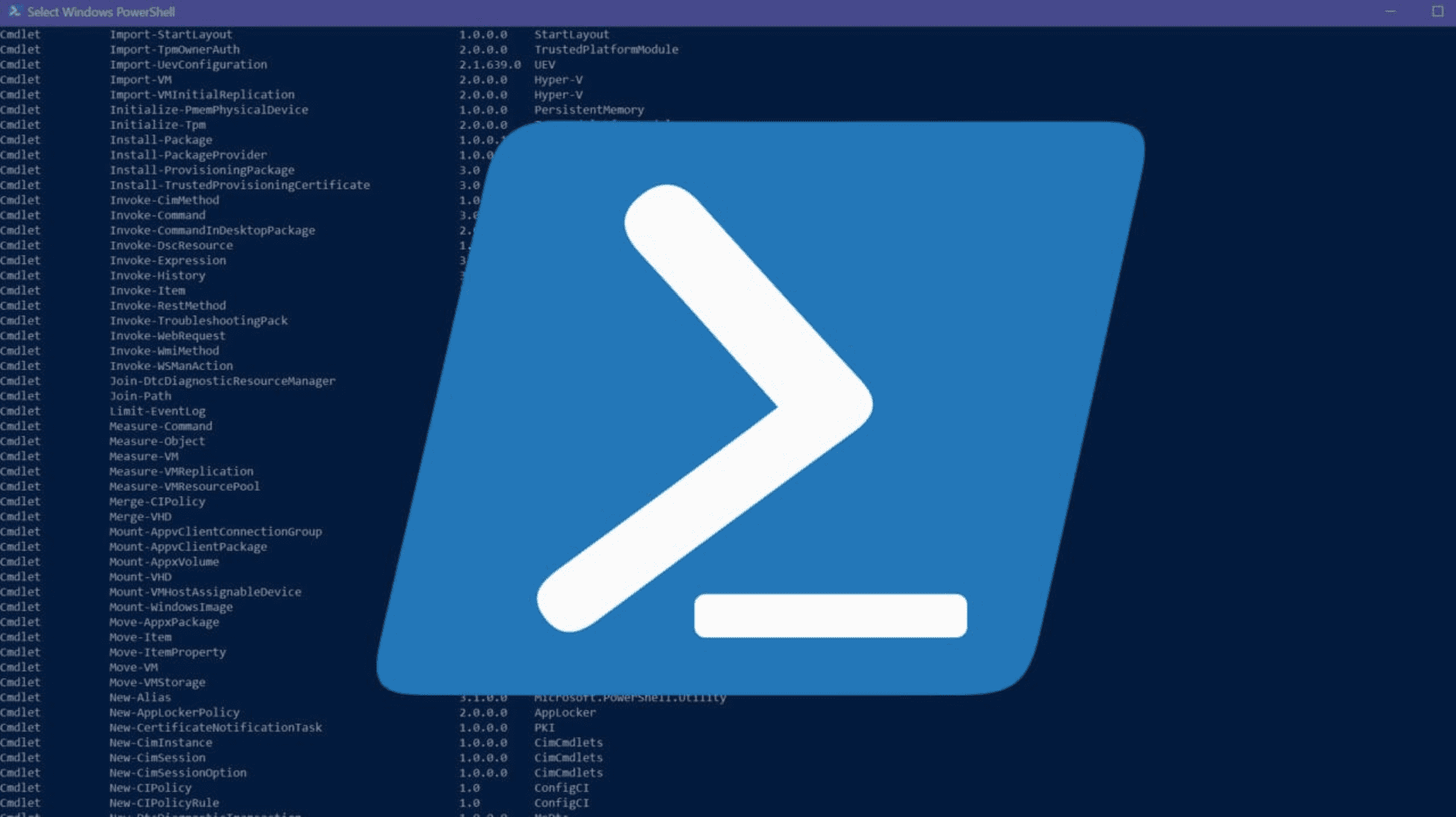PowerShell Core
- Blog
- PowerShell Core

What is PowerShell and How to Get Started With It?
PowerShell is a cross-platform object-oriented language and shell that IT pros can use to manage computers running Windows, Linux, and macOS. PowerShell can automate tasks across thousands of computers simultaneously. If you’ve ever wondered what PowerShell is and what it’s for, this article aims to answer some of the most common questions you may have...
Last Update: Mar 22, 2024
- Sep 07, 2022
-
LATEST

What You Need to Know About PowerShell 7
- Jun 17, 2019
-
PowerShell 7 (PS7) is based on .NET Core 3.0 and Microsoft is aiming to provide much greater compatibility with Windows PowerShell modules, as much as 90 percent.

Azure Az Module for Windows PowerShell, Core, and Cloud Shell Replaces AzureRM
- Jan 23, 2019
-
Learn about the new Az PowerShell module for managing and deploying resources in Microsoft Azure.

An Azure Infrastructure Year in Review – 2018
- Jan 01, 2019
-
Aidan takes a look back at 2018 and discusses some of the highlights from each month. It is interesting to me how I underrated some announcements which later became significant to Microsoft customers or to me.

Everything You Need to Know About Azure Infrastructure – November 2018 Edition
- Nov 30, 2018
-
It’s the end of the month and if you missed any of the Azure announcements, we have you covered.

Cross Platform Azure Az PowerShell Modules
- Nov 14, 2018
-
Aidan takes a look at the preview “Az” PowerShell modules that are designed to be a replacement for the older AzureRM modules and AzureRM.Netcore.

Managing Linux, Windows, AWS, and Azure Using PowerShell Core Part 2: PowerShell Remoting Over SSH
- May 25, 2018
-
In this second part, I’ll look at how to manage Linux and Windows systems remotely using PowerShell Core.

Managing Linux, Windows, AWS, and Azure Using PowerShell Core Part 1: Installing PowerShell Core and Modules for Azure and AWS
- May 24, 2018
-
In the first part of this two-part series, I’ll show you how to get started with PowerShell Core for managing heterogenous cloud environments.

5 Things to Know About PowerShell Core on Windows
- Apr 12, 2018
-
Unless you’ve been stuck in a data center server rack, you’ve most likely heard about the next version of PowerShell, referred to as PowerShell Core.

5 Things to Know About PowerShell Core on Linux
- Apr 10, 2018
-
For those of you jumping into PowerShell on Linux, here are 5 things you’ll want to keep in mind.







